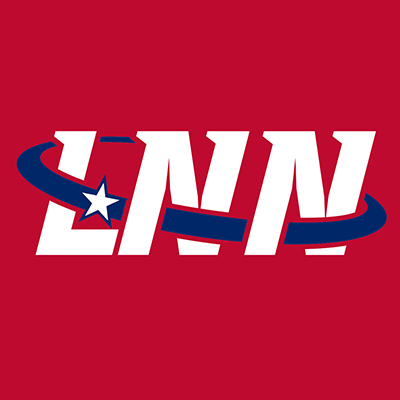Nimba University, formerly Nimba County Community College, has partnered with
ArcelorMittal Liberia (AML) to give Public Health students practical field experience at AML facilities.
Under this new arrangement, students in the Department of Public Health can visit AML sites to complement their classroom learning with hands-on exposure.
Recently, scores of students visited. AML’s sewage treatment facility in Yekepa to observe and learn how the plant operates. J. Nelson Zenegbaian, Chairperson of the Department of Public Health, explained that the department is newly established, with approximately 40 students currently enrolled.
The students are studying Public Health 208, a course focused on water and sanitation. “Having access to a sewage treatment plant like the one in Yekepa allows students to see and experience firsthand what they learn in the classroom,” Zenegbaian said.
He described the collaboration with AML as a significant benefit for the students, providing a foundation for Nimba University’s College of Public Health to prepare students effectively for their careers.
He added that the partnership could also extend to other courses, such as Occupational Health, offering further practical experience.
Zenegbaian explained that after the site visit, students are required to present their observations, a
component that will contribute to their semester grade. “This exercise is crucial for both students and instructors as it builds confidence in the course material and in the students’ ability to present what they have learned,” he said.
During the visit on August 22, Oliver Vaye, Environmental Engineer at AML, briefed the students on the functions of the plant’s various compartments, explaining that the sewage system operates on a gravitational flow, moving wastewater downward from the community into the treatment facility.
Julia Dolo, Supervisor at the treatment plant, guided the students through the facility, detailing each
stage of the treatment process.
She explained that wastewater first enters the influent compartment, where solid waste is separated from the liquid. The remaining mixture is then directed through subsequent compartments for further separation until clean water reaches the effluent point and is safely discharged into the environment.
The field visit provided students with practical knowledge and a tangible understanding of water and sanitation processes, reinforcing classroom learning and enhancing their career readiness in public health. -Press release.


